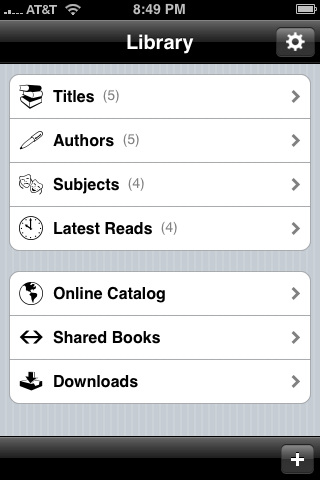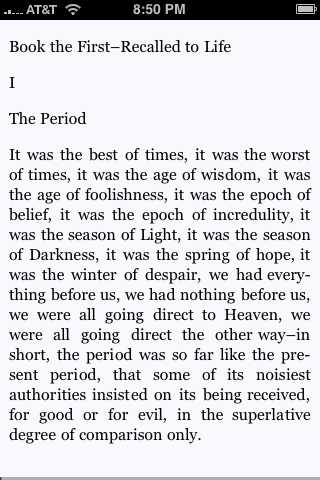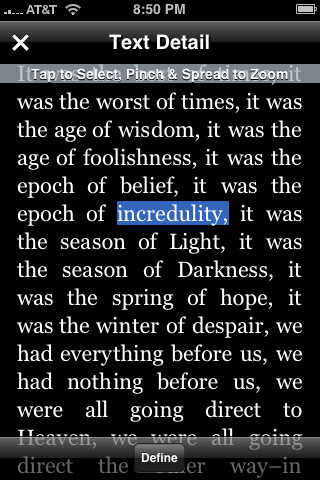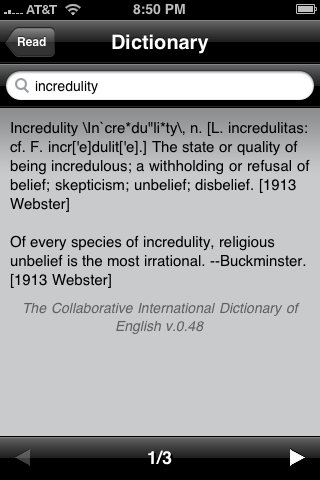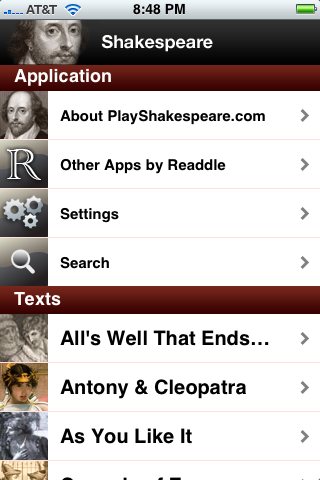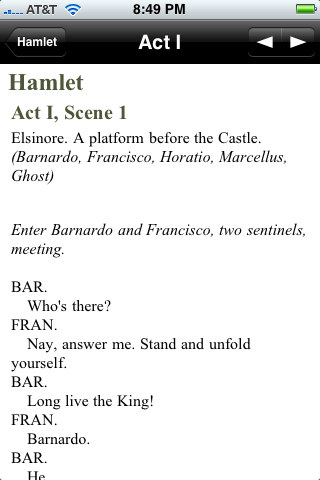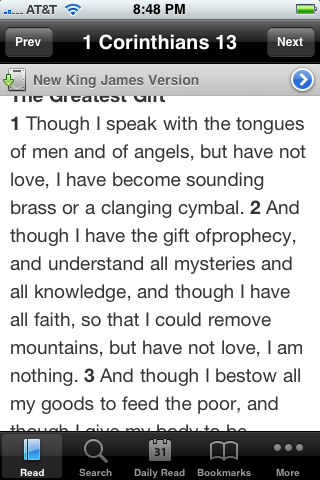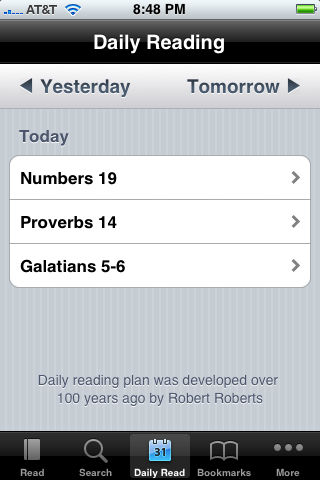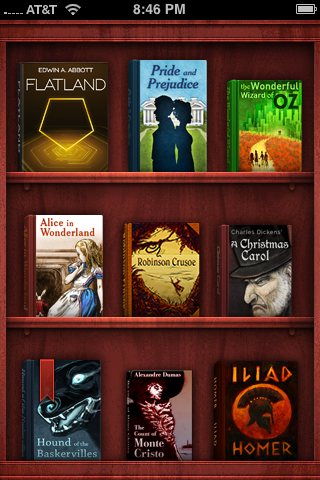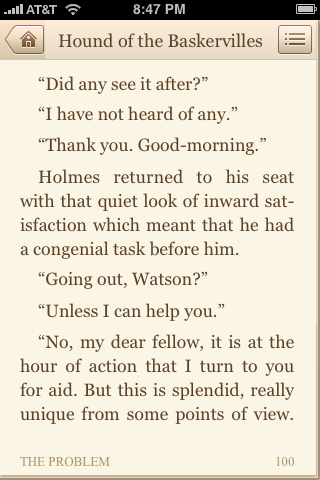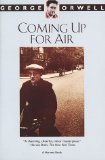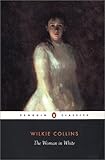 Wilkie Collins’s novel The Woman in White is one of the first “detective novels” and is still considered one of the finest Victorian “sensation novels.” I decided to read it after reading a student’s praise of it while reading AP applications (we have an application process to take AP English courses at my school). I have heard references to the novel for some time now, one of the most recent in conjunction with the recent spate of Charles Dickens novels such as Drood and The Last Dickens. I decided to download the eBook version on my iPhone. I have been reading it since about April. It might be a little too long to read on the iPhone. I had some trouble with the files, too. Near the end of the book, I found an odd bug that caused me to be unable to turn to the next page. The only way I found around it was to use the slider to scan ahead a few pages and then backtrack. Also, one version of the eBook that I tried did not break the book into chapters in the way it was designed to be broken and instead had one long chapter to cover the whole book. If you’ve not used eBooks on Stanza before, this likely won’t make much sense, but chapters are fairly important to me because they help me keep track.
Wilkie Collins’s novel The Woman in White is one of the first “detective novels” and is still considered one of the finest Victorian “sensation novels.” I decided to read it after reading a student’s praise of it while reading AP applications (we have an application process to take AP English courses at my school). I have heard references to the novel for some time now, one of the most recent in conjunction with the recent spate of Charles Dickens novels such as Drood and The Last Dickens. I decided to download the eBook version on my iPhone. I have been reading it since about April. It might be a little too long to read on the iPhone. I had some trouble with the files, too. Near the end of the book, I found an odd bug that caused me to be unable to turn to the next page. The only way I found around it was to use the slider to scan ahead a few pages and then backtrack. Also, one version of the eBook that I tried did not break the book into chapters in the way it was designed to be broken and instead had one long chapter to cover the whole book. If you’ve not used eBooks on Stanza before, this likely won’t make much sense, but chapters are fairly important to me because they help me keep track.
In reviewing The Woman in White, I should point out that though many might consider the novel to be clichéd, it is in fact the originator of many tropes that became clichés in later fiction: the innocent girl who marries a man who is deceptively charming, but alters into a cruel wastrel only after her money once they marry and the mysterious character who looks uncannily like one of the other characters. However, Collins shows a propensity for developing some interesting characters. It’s rather a shame that Laura Fairlie Glyde, whom I considered so dull and uninteresting, is the one who captures the main narrator Walter Hartright’s love, when by all rights, it should have been her half-sister, Marian Halcombe, who is much more intelligent and interesting a character. Collins’s characterization of the evil Count Fosco and Laura’s uncle Frederick Fairlie are also excellent. Frederick Fairlie’s voice as he narrates his portion of the story is truly funny. The novel is often described as an epistolary novel, but I’m not sure that’s a good description. It is told by multiple narrators, all of whom have different pieces of knowledge about the main plot: Sir Percival Glyde and Count Fosco’s plot against Laura and her fortune. However, it is not precisely told in the form of letters only. The journal of Marian Halcombe and narration of Walter Hartright form the bulk of the novel, and it’s not made clear that any of Walter Hartright’s narration is epistolary. I found the book to be engaging, particularly when the plot picks up steam. I think anyone who likes Victorian fiction might be interested in reading this book for its portrayal of the times in which it was written. I don’t think most book lovers would consider time spent reading The Woman in White to be time wasted.
I have three books ready to read on my iPhone: Jane Austen’s Mansfield Park, William Makepeace Thackeray’s Vanity Fair, and E. M. Forster’s Howards End. I have not decided which to read yet. If you have strong feelings about one of the three, I’d love for you to let me know in the comments. I should note that Mansfield Park remains the only Jane Austen novel I’ve not yet read, and Vanity Fair was cited by a colleague (a well-respected English teacher) as his favorite novel. On the other hand, there are a lot of novels in the Classics app that I haven’t read yet, either: Dracula could also be calling my name. Choices, choices.

